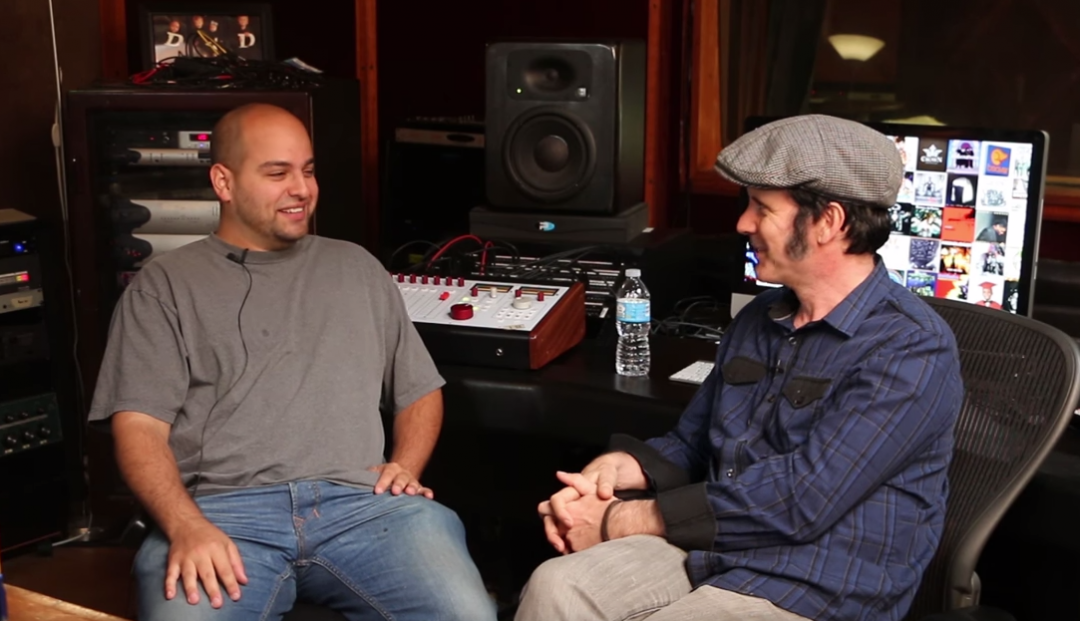I hope you´re doing marvellously well!
My friend and phenomenal mixing engineer Matthew Weiss (Dizzee Rascal, Juicy J, MURS, Royce Da 5’9 and more) recently moved to L.A. into a very nice studio. I wanted to share this experience with you, so we recorded a complete studio tour and an interview.
In this tour, we´ll show off and discuss the different uses of some amazing gear (Distressor, SSL G Bus Compressor settings and more). You´ll learn several techniques you can use to get the sound you are looking for.
During the interview, we´re getting into the philosophy of mixing:
- What´s the right mindset to have when approaching a mix?
- What´s the role of a mixing engineer in the modern age?
- Are you allowed or even supposed to make production decisions during the mixing phase?
Watch the Matthew Weiss interview and studio tour here:
Want To Learn More?
Use the code: “PLAP” in the cart section to get 25% off any tutorial.
As some of you may know, Matthew is not only a great mixing engineer, but also a great mentor.
He has contributed countless articles and mixing tutorials to The Pro Audio Files and created multiple in-depth courses, such as Mixing Hip-Hop, Mixing with Compression and many more.
The thing I love about Matthew’s tutorials is that he is not only showing you the techniques he’s using to mix a song, but he’s also explaining the reasoning and thought process behind it.
You can find free tutorials on almost any mixing technique on youtube. But often times, these tutorials only show off the techniques without giving you any insight in when or why you would apply them. This is not a good thing:
Having a vast variety of options on your hands without understanding their purpose and proper application can become overwhelming and confusing instead of being helpful.
What will actually help you to become a great mixing engineer is understanding the thought process behind your mixing decisions:
- What do I want the overall soundstage to look like, where should the instruments sit in the stereo field and front to back? How can I achieve that?
- Why am I choosing to use this mixing technique? What do I want to accomplish by using it?
- Why am I choosing one technique over another in a certain situation? What are the benefits of either technique?
You get the picture:
By understanding the goals you have with your mix and knowing which techniques you can use to reach those goals, you´ll grow as a mixing engineer.
Instead of randomly trying out different techniques, you´ll know how to specifically use different tools from your toolbox when it´s called for.
That will speed up your workflow dramatically, you´ll actually enjoy mixing and be free to get creative instead of having to worry about technicalities.
Matthew is fantastic at teaching this kind of information. That´s why I´m happy to announce that we´ve been given a special discount on all of his tutorials.
By using the Code: “PLAP” in the cart section, you´ll get an instant 25% off any tutorial.
So go check out his courses now and start making big leaps forward in your mixing skills today!
Note: Matthew´s tutorials are completely in the Box (plugin mixing only), so you don´t have to worry about not owning any of the fancy hardware gear we showed off today.
It´s all about the principles. If you understand the principles of mixing, you´ll be able to turn out great mixes, regardless if you´re mixing with plugins or outboard gear!
Matthew offers a 30 Day Money-Back Guarantee:
If you don´t feel like his tutorials are helping you to grow as a mixing engineer, you´ll get a full refund. – No questions asked!
So go check out his tutorials today, there´s absolutely no risk for you:
If you have any questions about Matthews courses, please reach out to: support@producelikeapro.com. We´ll be happy to help!
Have a marvellous time recording and mixing.
Many Thanks,
Warren
